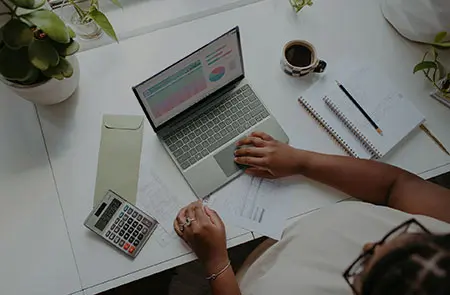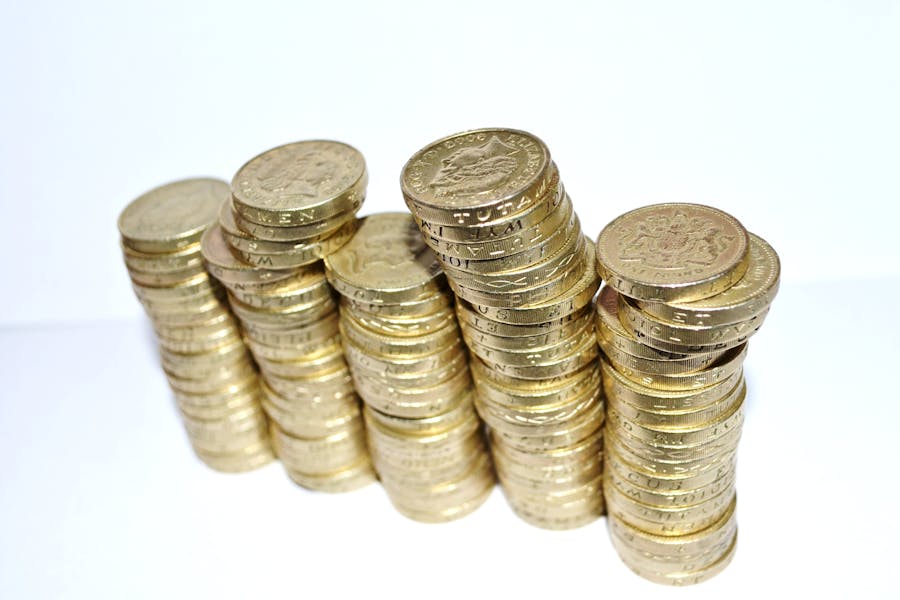
Do you know about the new VAT penalties?
August 23, 2024
“What Is Xero?” – Our 2025 Guide
April 29, 2025Frances Harris
Chief Accountant
Full Accounting Services LTD
10 Common Accounting Terms
Accounting terminology can often seem confusing, especially for sole traders or small business owners who are experts in their own fields but not in finance. Understanding these common accounting terms is crucial for managing your business finances effectively.

You are an expert in your job, you know the in's and out of everything related to your profession. Which is just the way it should be. However, a substantial portion of your job isn't what you do, its what we do.
If accounts and finances are something you struggle with, you're not alone. For most sole traders it's an impossible task. You will often hear or read accounting or tax terms and not have any understanding of what they mean, so we thought we would create you a handy, simple go to document, filled with the most common accounting terms you may come across.
Accounts Payable
The record of money your business owes to its suppliers, which is normally shown on a balance sheet.
Accounts Receivable
The record of money your business is owed by its customers, which, again, is normally shown on a balance sheet.
Balance Sheet
This is a report that shows your business's assets and its liabilities at that period. Your balance sheet can give you an idea of what your businesses value is.
Business Assets
Business assets are things of value that your business owns, creates, or gains from. It will include all cash, any materials, stock, equipment, tools, vehicles, and any buildings.
Business Liabilities
This is all debts or money that your business owed to any suppliers or creditors. It will also include HMRC liabilities like PAYE/CIS/ corporation tax.
Cash Flow
This is used to track the amount of money entering and leaving your business. Try and ensure you pay your outstanding bills on time, this will give you a better understanding of how healthy your cash flow is, and how well your business is growing.
VAT
What does VAT stand for? Value added tax - this is tax which is added onto majority of goods and services when bought or sold.
Overheads
Overheads are alternatively called your fixed costs because they remain fixed regardless of how much you make or sell. Your overheads are costs you need to pay to run your business. This could be Rent, Utility bills or wages.
Sundry Expenses
These are generally small purchases which have not been categorised elsewhere. Things like stamps, stationary, office supplies etc. These will need to be entered onto your accounts with proof of purchase.
Gross and Net Profit
Gross profit is sales (turnover) less cost of sales. Gross profit can also be your turnover minus your total cost of sales. Cost of Sales are your direct costs such as materials & labour.
To work out the Gross profit percentage = gross profit/turnover x 100.
Net profit is your sale price/sales/revenue/total income minus all direct and indirect. So, net profit is your actual profit once all costs have been accounted for.
To work out the Net profit percentage = net profit/turnover x 100.
We hope this list gives you an idea of all the jargon that you need to know to assist you with your accounting. If there are any terms you think we should add, or would like to discuss anything in detail, please feel free to contact us today!





